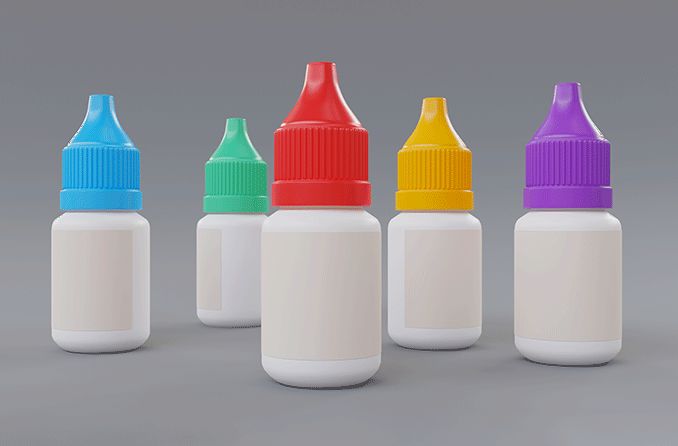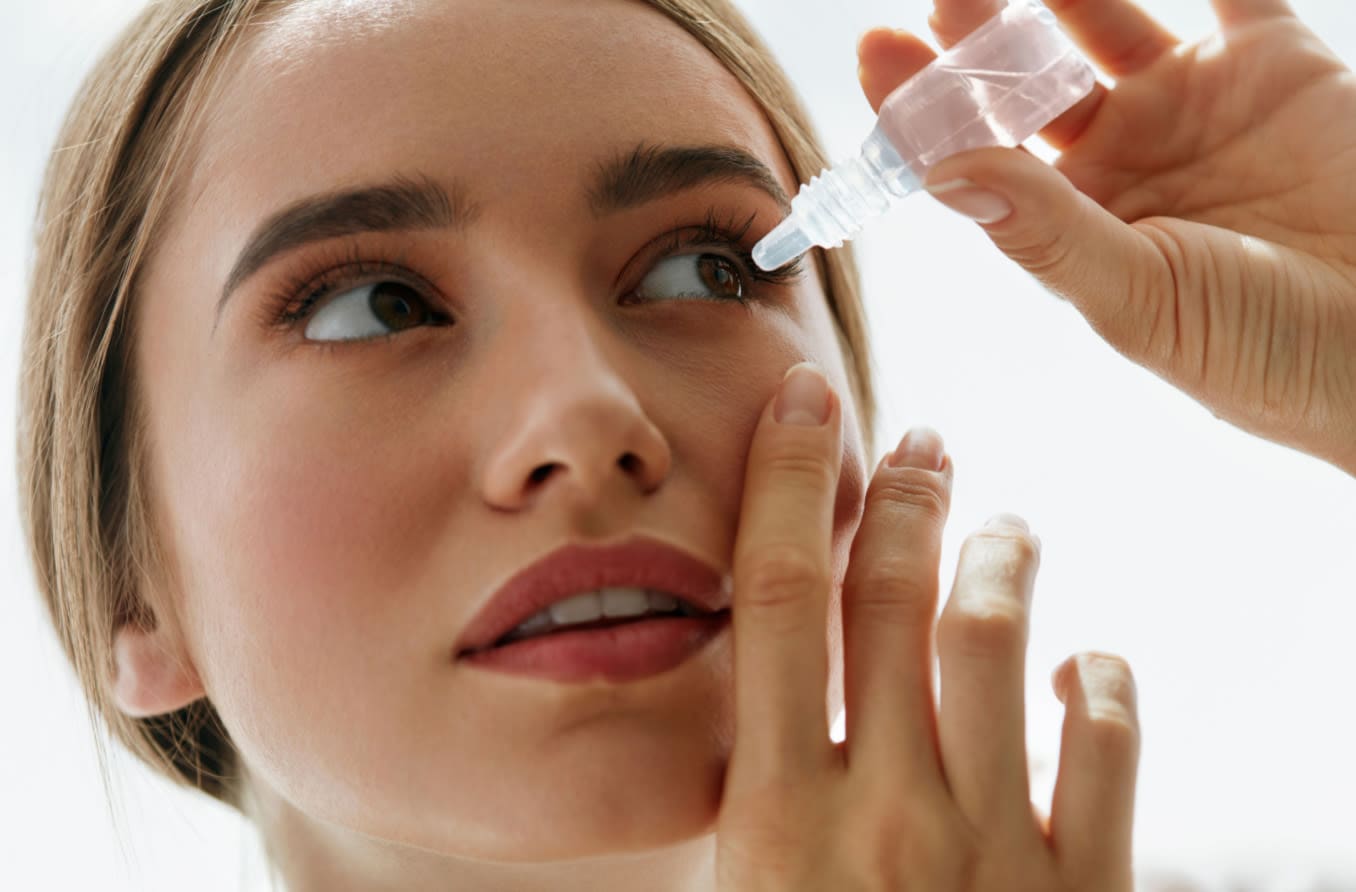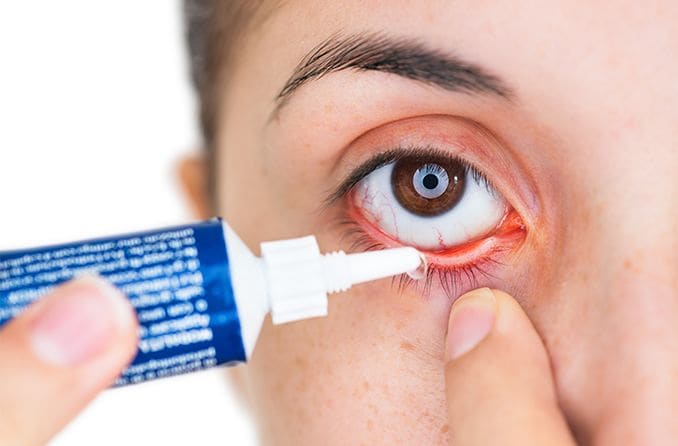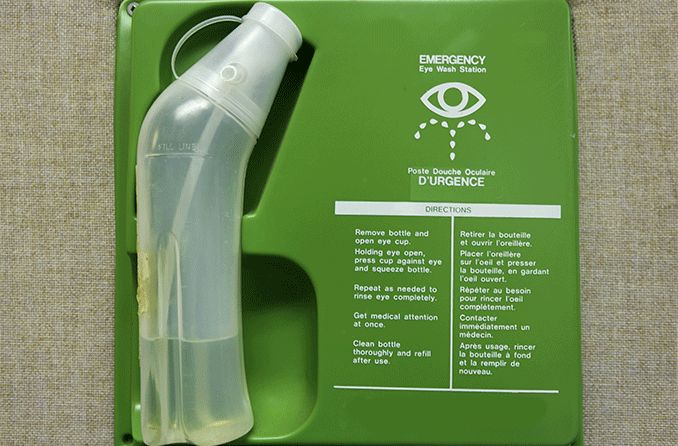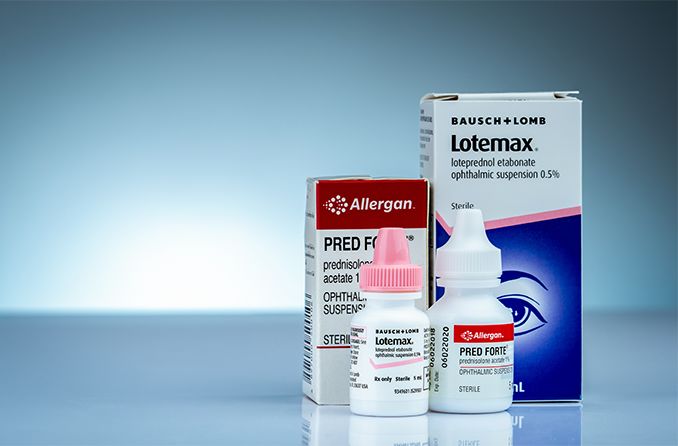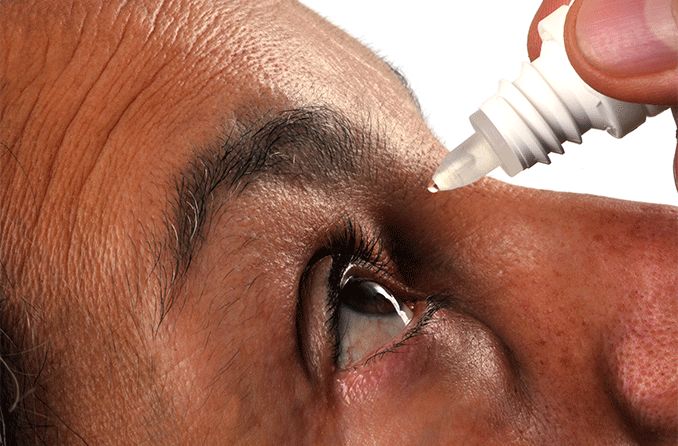Why are eye drop caps different colors?
Eye drop caps are color-coded to make it easier for eye doctors to talk to patients about eye medications and to prevent patient mistakes. Eye drop caps are color-coded based on the type of eye medication in the bottle.
Talk with your eye doctor about prescription eye drop cap colors, what they mean and how to apply eye drops to your eyes.
